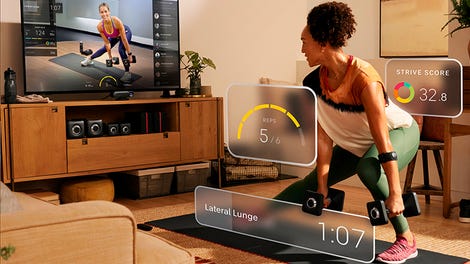All the Home Improvement Tax Credits You Can Take Advantage of This Year

President Biden signed the Inflation Reduction Act (IRA) into law last August, but it wasn’t until Jan. 1 that Americans became eligible for its money-saving tax credits on environmentally-friendlier home improvements, appliances, and electric vehicles.
Now that the new year is upon us, let’s look at what the IRA could mean for your next home renovation.
What does the Inflation Reduction Act have to do with home renovation?
Figuring out what actually made it into the final version of the Inflation Reduction Act is a little confusing, because there were some big last-minute changes. What you really need to know is that it includes direct savings for households making cost- and energy-saving home improvements.
You can get up to 30% in tax credits for energy-efficient home improvements, including heat pumps, as well as rebates for residential efficiency retrofits, electrification projects, and associated upgrades. You can also get up to 30% in tax credits for things like rooftop solar installations, batteries, and geothermal heat pumps, and more. (For details on the available tax credits for new and used clean vehicles, look here.)
What qualifies?
The IRA allocates money for the following:
- Rooftop solar
- Energy-efficient appliances like dryers, stoves, and ovens
- Heat pumps
- Electric panels and wiring
- Programs that cover insulation and weatherization costs
If you choose to make some home upgrades this year—and honestly, you should if you can—you’ll either be saving money through tax credits that will come next year, or via upfront rebates. The credits last through 2032, and some of the rebates may not be available for a few more months. Each state has its own guidelines for who qualifies for what, so check this map for your region’s specific requirements. The IRS also has a website offering guidance that should be updated throughout the year.
G/O Media may get a commission

Peloton for strength training
Track your reps, check your form against the instructor’s, and build a routine that’s sustainable for you.
How to get started
If you read this and thought, “Hell, I could go for some rooftop solar,” or, “Let me get an energy-efficient stove,” good news: The White House has a guide for how to actually claim those credits. Whatever project you’re considering, you’ll want to make sure the tax credits will apply. Then, you can find detailed information on next steps by finding your project on this list.
By way of example: Say you want a new, energy-efficient dryer. Per the White House, you can access a tax credit to cover up to 30% of the costs. You can even claim a credit of up to $150 to cover a professional home energy audit to determine what, exactly, you need to change to make your home more efficient. All households are eligible for rebates up to $4,000, and low-income households can get up to $8,000. Low- and moderate-income households are even eligible for rebates that could cover up to 100% of the cost of installing new electric appliances.





